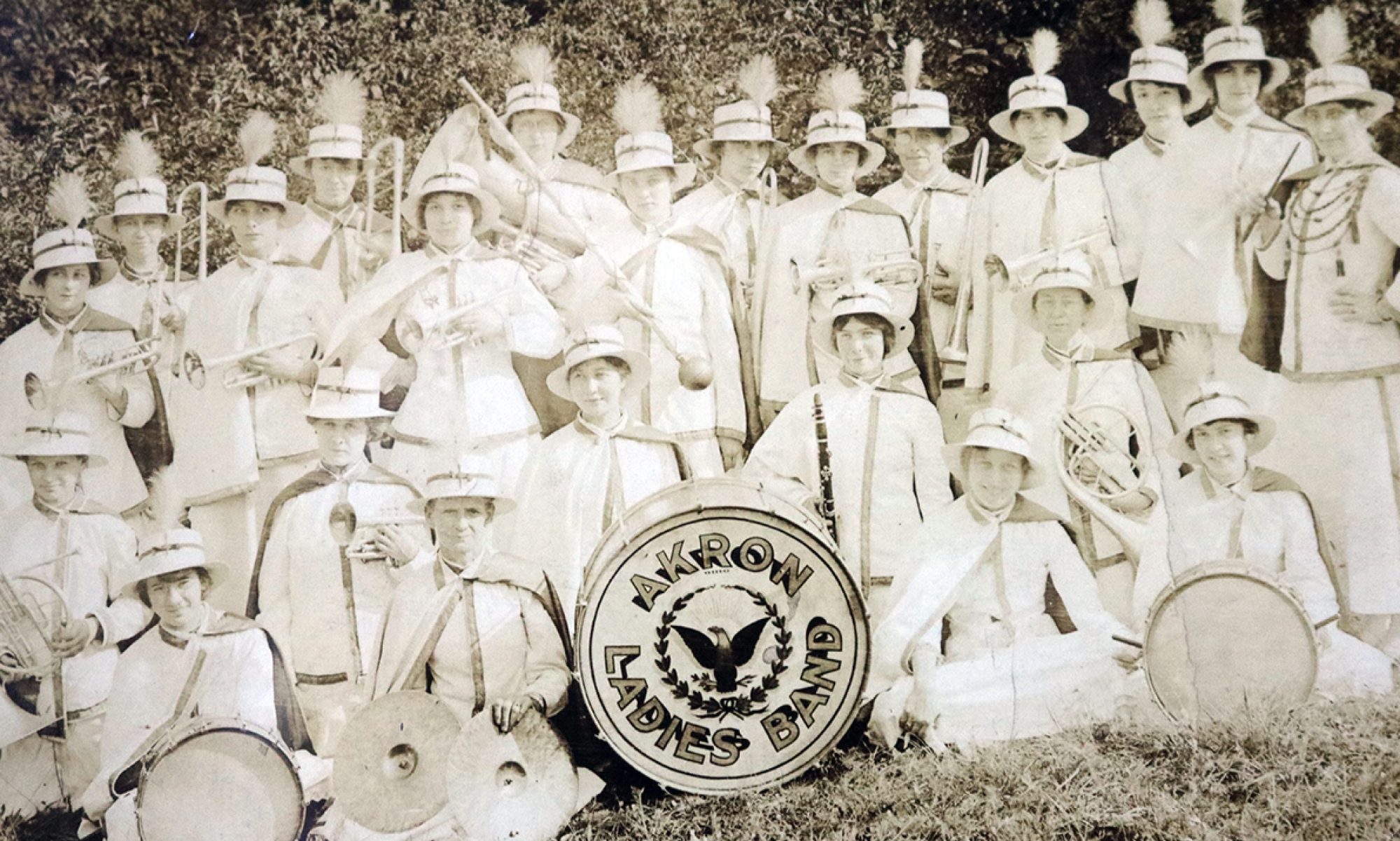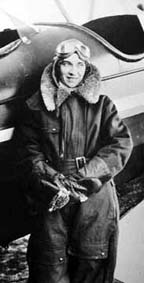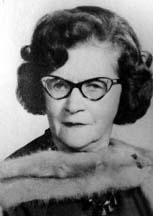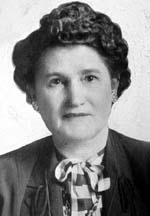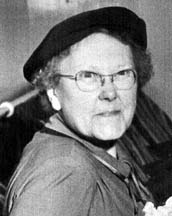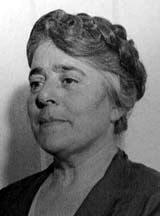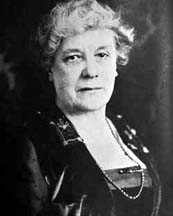
Ruth Boleman Conner is a familiar name in the Akron education. She taught school, served as an administrator and then served on the board of education. But there was more to Ruth Boleman Conner.
Born Ruth Boleman in 1897, Conner received her BA from Smith College in Boston. She began her teaching career at a high school in Nashua and earned a Master’s at Columbia University.
Conner moved to Akron in 1928, where she became a history teacher at Old Trail School, an exclusive private school in the Akron area. In 1931, Conner took over as acting principal.
Two years later, the same year she became principal of Old Trail, she married Chester F. Conner, a former Beacon Journal reporter who was the general manager of sales at BFG Industrial Products. Conner stayed on as principal long enough for Old Trail to find her replacement.
Once Conner married, she moved into a new stage of life. While living in Boston, Conner studied the violin and followed the Boston Symphony Orchestra closely. In Akron, she helped begin the Akron Symphony Orchestra by co-chairing the committee that got the orchestra started. In 1939, she was a member of the Akron Chapter of the National Committee for Music Appreciation.
Conner’s contributions were not just with the arts. She spent 11 years as a volunteer on the committee for the Family Services Board. Conner was a member of the League of Women Voters, the Akron branch of the United World Federalists (a group seeking global solutions to problems), and the Women’s Auxiliary of Summit County Children’s Home. She also served as president of the Smith College Club of Akron from 1934 – 1938.
After World War II, she re-entered education, teaching part-time as an English instructor at the Akron Art Institute. She was elected to the Akron Board of Education in 1947.
Conner had three children, Evelyn, Grace and George. She died in Lake Worth, Fla., in 1989 at the age of 92.
Photo courtesy of The University of Akron Archives.
–Jennifer Petric
